
Beggars in Spain is a 1993 science fiction novel by American writer Nancy Kress. It was originally published as a novella with the same title in Isaac Asimov's Science Fiction Magazine and as a limited edition paperback by Axolotl Press in 1991. Kress expanded it, adding three additional parts to the novel, and eventually two sequels, Beggars and Choosers (1994) and Beggars Ride (1996). It is held to be an important work, and is often hailed for its predictions of emerging technologies and society.
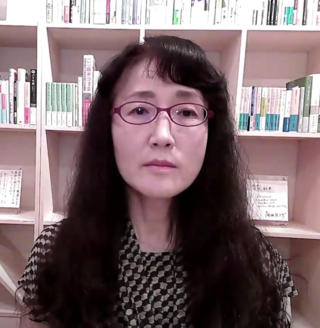
Miri Yu is a Zainichi Korean playwright, novelist, and essayist. Yu writes in Japanese, her native language, but is a citizen of South Korea.

Lives of the Mayfair Witches is a trilogy of supernatural horror/fantasy novels by American novelist Anne Rice. It centers on a family of witches whose fortunes have been guided for generations by a spirit named Lasher. The series began in 1990 with The Witching Hour, which was followed by the sequels Lasher (1993) and Taltos (1994). All three novels debuted at No. 2 on The New York Times Best Seller list.

Helen Oyeyemi FRSL is a British novelist and writer of short stories.
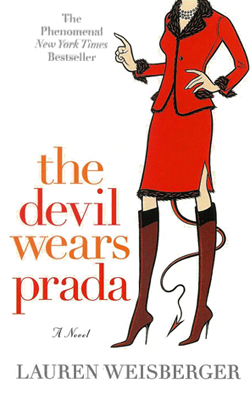
The Devil Wears Prada is a 2003 novel by Lauren Weisberger about a young woman who is hired as a personal assistant to a powerful fashion magazine editor, a job that becomes nightmarish as she struggles to keep up with her boss's grueling schedule and demeaning demands. It spent six months on the New York Times bestseller list and became the basis for the 2006 film of the same name, starring Meryl Streep, Anne Hathaway, and Emily Blunt. The novel is considered by many to be an example of the "chick lit" genre.
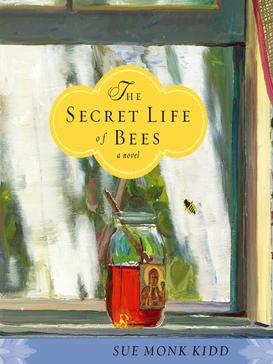
The Secret Life of Bees is a novel by the American author Sue Monk Kidd. Set in 1964, it is a coming-of-age story about loss, betrayal, and the interracial landscape of the civil rights era of the American South. The book received critical acclaim and was a New York Times bestseller. It won the 2004 Book Sense Book of the Year Awards (Paperback), and was nominated for the Orange Broadband Prize for Fiction.

Interpreter of Maladies is a book collection of nine short stories by American author of Indian origin Jhumpa Lahiri published in 1999. It won the Pulitzer Prize for Fiction and the Hemingway Foundation/PEN Award in the year 2000 and has sold over 15 million copies worldwide. It was also chosen as The New Yorker's Best Debut of the Year and is on Oprah Winfrey's Top Ten Book List.

Olga Nawoja Tokarczuk is a Polish writer, activist, and public intellectual. She is one of the most critically acclaimed and successful authors of her generation in Poland. She was awarded the 2018 Nobel Prize in Literature as the first Polish female prose writer for "a narrative imagination that with encyclopedic passion represents the crossing of boundaries as a form of life". For her novel Flights, Tokarczuk was awarded the 2018 Man Booker International Prize. Her works include Primeval and Other Times, Drive Your Plow Over the Bones of the Dead, and The Books of Jacob.

Breakfast at Tiffany's is a novella by Truman Capote published in 1958. In it, a contemporary writer recalls his early days in New York City, when he makes the acquaintance of his remarkable neighbor, Holly Golightly, who is one of Capote's best-known creations. In 1961 it was adapted into a major motion picture of the same name.

Nada the Lily is an historical novel by English writer H. Rider Haggard, published in 1892. Inspired by Haggard's time in South Africa (1875–82). It was illustrated by Charles H. M. Kerr.
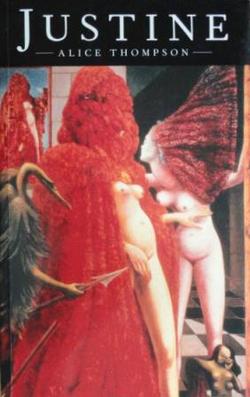
Justine is the debut novel of Scottish author Alice Thompson. Published in 1996 by Canongate Books it was the joint winner of the James Tait Black Memorial Prize that year.
Claire Kilroy is a contemporary Irish author. She was born, and currently resides, in Dublin, Ireland.
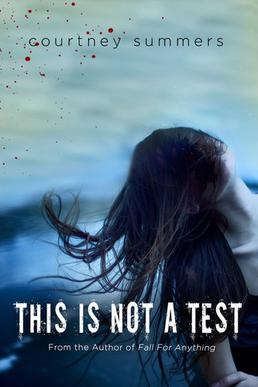
This Is Not a Test is a novel written by Canadian author Courtney Summers. It was first published on June 19, 2012 by St. Martin's Press. The novel takes place in a fictional Canadian town called Cortege, during the beginning of a zombie apocalypse. This Is Not a Test follows Sloane Price, a suicidal and abused teen girl as she faces the mental torments of her abusive father and being abandoned by her elder sister all the while reluctantly surviving alongside five other damaged teenagers. In 2013, it made the Inky Awards Shortlist and was a nominee for Silver Inky. In 2014, it was an Ontario Library Association Forest of Reading White Pine Honour Book.

The Baby-Sitters Club is a series of novels, written by Ann M. Martin and published by Scholastic between 1986 and 2000, that sold more than 190 million copies. Martin wrote an estimated 60-80 novels in the series while subsequent titles were written by ghostwriters, such as Peter Lerangis. The Baby-Sitters Club is about a group of friends living in the fictional, suburban town in Stoneybrook, Connecticut who run a local babysitting service called "The Baby-Sitters Club". The original four members were Kristy Thomas, Mary Anne Spier (secretary), Claudia Kishi (vice-president), and Stacey McGill (treasurer), but the number of members varies throughout the series. The novels are told in first-person narrative and deal with issues such as illness, moving, and divorce.

Boy, Snow, Bird is a 2014 novel by British author Helen Oyeyemi. The novel, Oyeyemi's fifth, was a loose retelling of the fairytale Snow White. Oyeyemi also cited the Nella Larsen novel Passing as an inspiration. The novel was named as one of the best books of 2014 by The New York Times, The Washington Post, NPR, and BuzzFeed.

Public Library and Other Stories is a short story collection by Scottish author Ali Smith, published in 2015. The fourth story in the collection, "The Beholder", was shortlisted for the Sunday Times Short Story Award.

Blackbird is a 2019 American drama film directed by Roger Michell and written by Christian Torpe. It is a remake of the 2014 Danish film Silent Heart, also written by Torpe. It stars Susan Sarandon, Kate Winslet, Mia Wasikowska, Lindsay Duncan, Rainn Wilson, Bex Taylor-Klaus, and Sam Neill. A family of three generations gather over a weekend to say goodbye to its matriarch Lily, who suffers from an incurable disease. With the help of her husband Paul, Lily has chosen to pursue euthanasia when the weekend is over. But as the end approaches, their mother's decision becomes more and more difficult to handle for her two daughters, and old conflicts resurface.
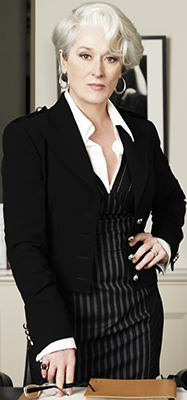
Miranda Priestly is a character in Lauren Weisberger's 2003 novel The Devil Wears Prada, portrayed by Meryl Streep in the 2006 film adaptation of the novel.

A House with Good Bones is a 2023 Southern Gothic horror novel by Ursula Vernon, writing under the pen name T. Kingfisher. The novel centers on Samantha Montgomery, a woman who experiences strange events when she returns to her ancestral North Carolina home.

















